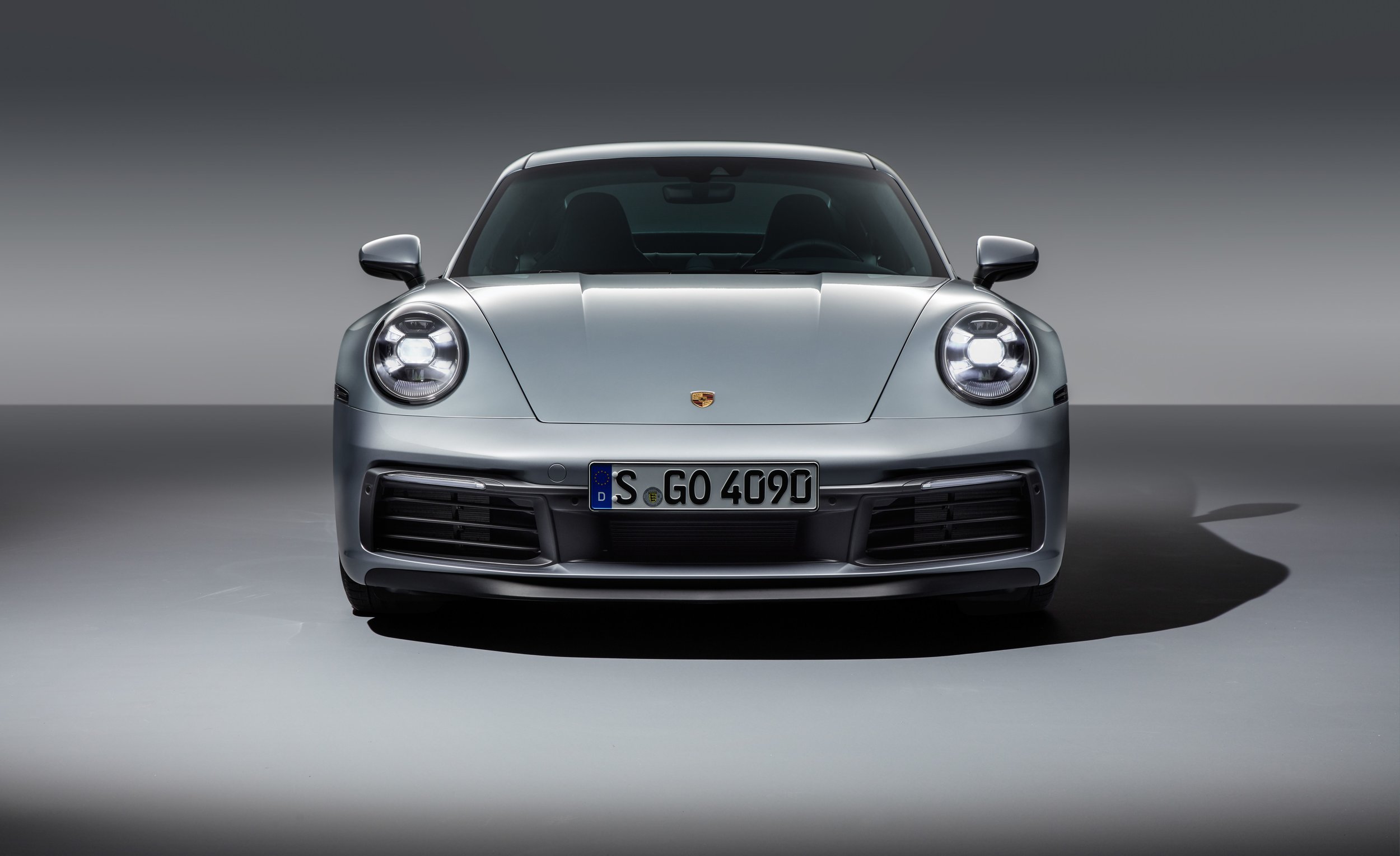Photo credit: Aston Martin Lagonda
Porsche was way ahead of the curve nearly two decades earlier when it introduced the Cayenne sports utility vehicle (SUV) to the market. Reactions to the famous maker of sports cars producing an SUV was decidedly mixed; people were incredulous that Porsche would forsake decades of tradition to chase after the mighty consumers dollars. Like Burger King introducing french fries to compete with McDonalds, it was a necessary move to ensure Porsche’s long-term survival, as the market size for SUVs is immensely larger than weekend driving toys.
The profits from the Cayenne also act as a monetary float for Porsche to keep making the 911 ever better with each generation. Indeed, P-car enthusiasts quickly forgot about whatever stain on the legacy it is to have an SUV in the Porsche lineup, so long as the 911 remains at the pinnacle of sports cars. Today, the Cayenne and the smaller Macan continues to print money for the German automaker, and we get to enjoy our GT3s. It’s a win win.
So it’s a slight surprise it has taken this long for other premium sports car manufacturers to copy Porsche’s formula. The Cayenne debuted way back in 2002, and it’s only at the end of this decade that we are seeing SUVs from the likes of Lamborghini and Bentley - the Ferrari SUV won’t be a reality for another few years. The proliferation of SUVs have really accelerated since the start of the 2010s, so much so that steadfast traditionalist brands that are synonymous with fast supercars can no longer ignore the market opportunity.
Even Lotus will be making one. Hard to imagine such a thing just five years ago.
Last evening, Aston Martin world-premiered its very first SUV effort, dubbed the DBX. The iconic British marque, known for its fast GT coupes and association with James Bond, is ready to reap the fat profits that Porsche have been collecting for the longest time. A lot is hinging on the DBX, as the stock prices of Aston Martin have not done particularly well since its IPO, and last quarter it lost 13.5 million pounds. The company is hoping the massive SUV market will turn its fortunes back into the positive.
If looks alone makes a car worthy of consideration, then the DBX will sell tremendously well. It’s the first of these “super SUVs” that I would actually call beautiful, though you wouldn’t expect anything less from Aston Martin. The DBX shames the Bentley Bentayga into common obscurity, and reveals the Lamborghini Urus as the incoherent, offensive mess it truly is. The DBX exudes a flowing elegance that doesn’t offend, yet retains the sense of specialness that spending upwards of $200,000 should get you in return.
Of course, speed and athleticism worthy of the Aston wings ought to be a given in DBX, but I think those attributes don’t matter to the target audience. Brand equity and interior space is what counts; how the DBX takes to a corner is secondary, perhaps tertiary. Because if buyers are looking for something that handles well, they wouldn’t be looking at an SUV.
It’s all about the badge: the forthcoming Ferrari SUV can steer like a pontoon boat and customers will still buy. That’s the game, and premium sports car makers are busily scrambling to follow what Porsche started.







